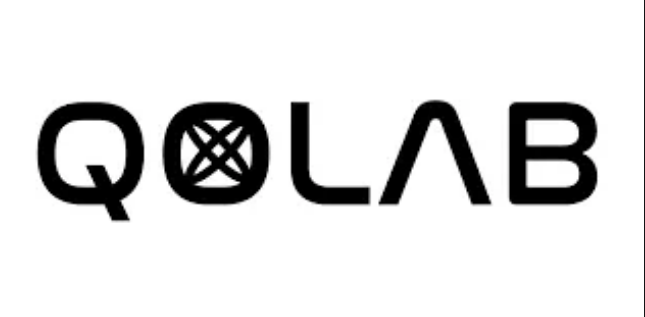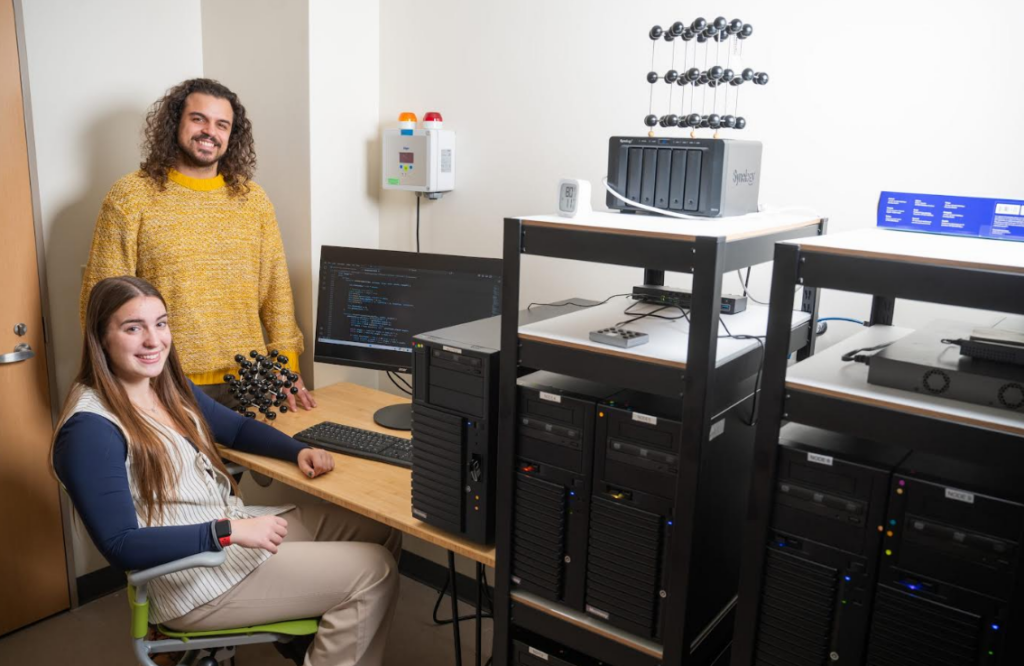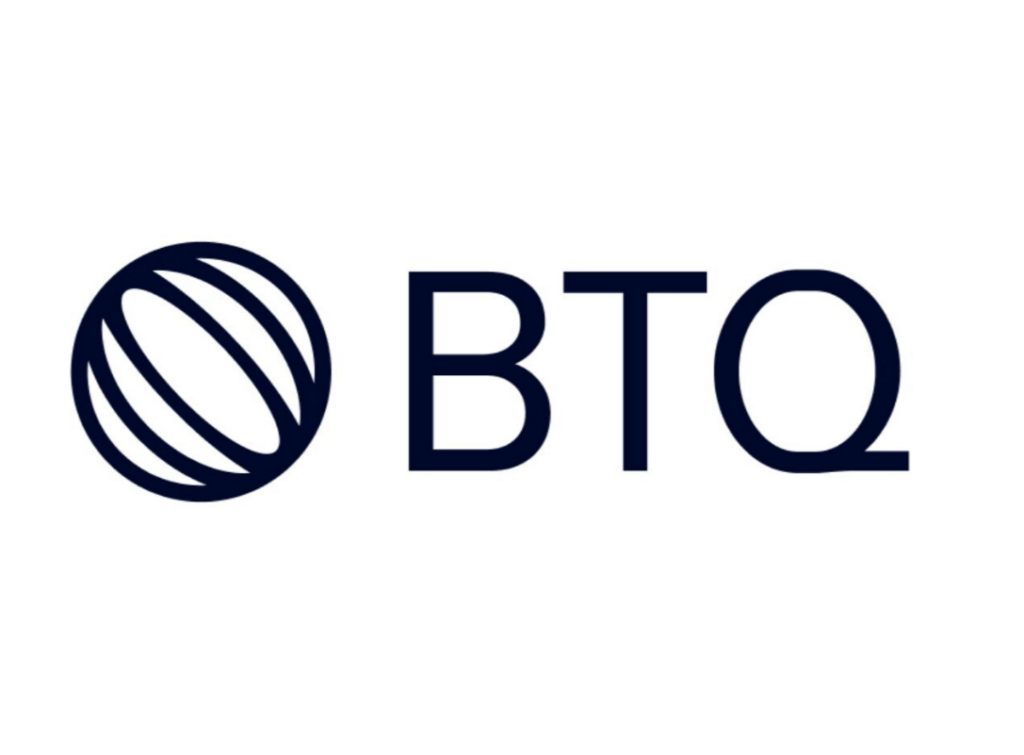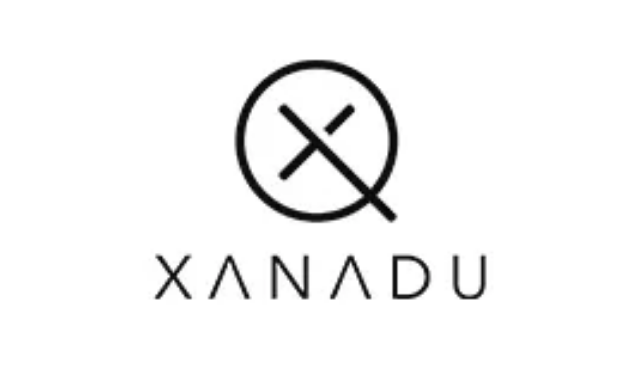Insider Brief
- IonQ announced it has demonstrated frequency conversion of photons from visible to telecom wavelengths, a milestone that enables long-distance quantum networking over existing fiber infrastructure.
- The prototype system, developed with research support from the Air Force Research Lab, allows trapped ion quantum systems to transmit quantum information efficiently through commercial telecom networks.
- The advancement strengthens IonQ’s strategy to build scalable quantum networks, expand the Quantum Internet, and create future commercial and defense applications in distributed quantum computing.
PRESS RELEASE — IonQ (NYSE: IONQ), the leader in the quantum computing and networking industries, with research support from the Air Force Research Lab (AFRL), today announced a significant technological advancement in its pursuit of scalable quantum networks. IonQ successfully demonstrated the frequency conversion of photons from visible wavelengths used to interface with trapped barium ions, into telecom wavelengths on a prototype system. This critical milestone paves the way for interconnecting quantum computers over vast distances using the current existing fiber optic infrastructure.
The ability to transform visible light, which is used in IonQ’s trapped ion quantum systems, into telecom wavelengths is essential for transmitting quantum information efficiently over long-haul fiber optic cables. This milestone signifies a major advancement in IonQ’s long-term vision for the Quantum Internet – distributed quantum computing via secure quantum networks.
“I am thrilled to announce that we have taken an important step towards enabling the Quantum Internet. Working closely with AFRL, we are the first quantum company to demonstrate the ability to convert visible signals to telecom wavelengths,” said Niccolo de Masi, Chairman and CEO of IonQ. “We will soon connect two quantum computers over standard wavelengths, opening the floodgates for broadly networked quantum devices using commercial fiber infrastructure.”

This prototype demonstration is a leading indicator of IonQ’s progress towards building scalable quantum networks, paving the way for future commercial opportunities in distributed quantum computing and quantum communication. The technology is directly relevant to the future infrastructure needs of telecom companies and network providers.
“The advancement of quantum networking and the Quantum Internet reaffirms our strategic commitment to maintaining American quantum superiority through decisive investment and forward-looking policy. AFRL-Rome and IonQ are delivering breakthroughs that strengthen our regional innovation ecosystem and bolster our national defense capabilities. I remain steadfast in ensuring that Upstate New York and the North Country continue to lead in shaping the future of quantum technology,” said Congresswoman Elise Stefanik.
This announcement follows IonQ’s recent delivery and commissioning of the first trapped-ion quantum computer with integrated photonic interface to AFRL’s site in Rome, New York. It also expands upon IonQ’s growing global footprint, which now includes locations in Washington D.C., Seattle, Boston, Denver, San Francisco, Chattanooga, and Basel, Switzerland.


















